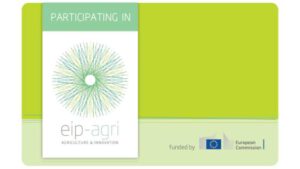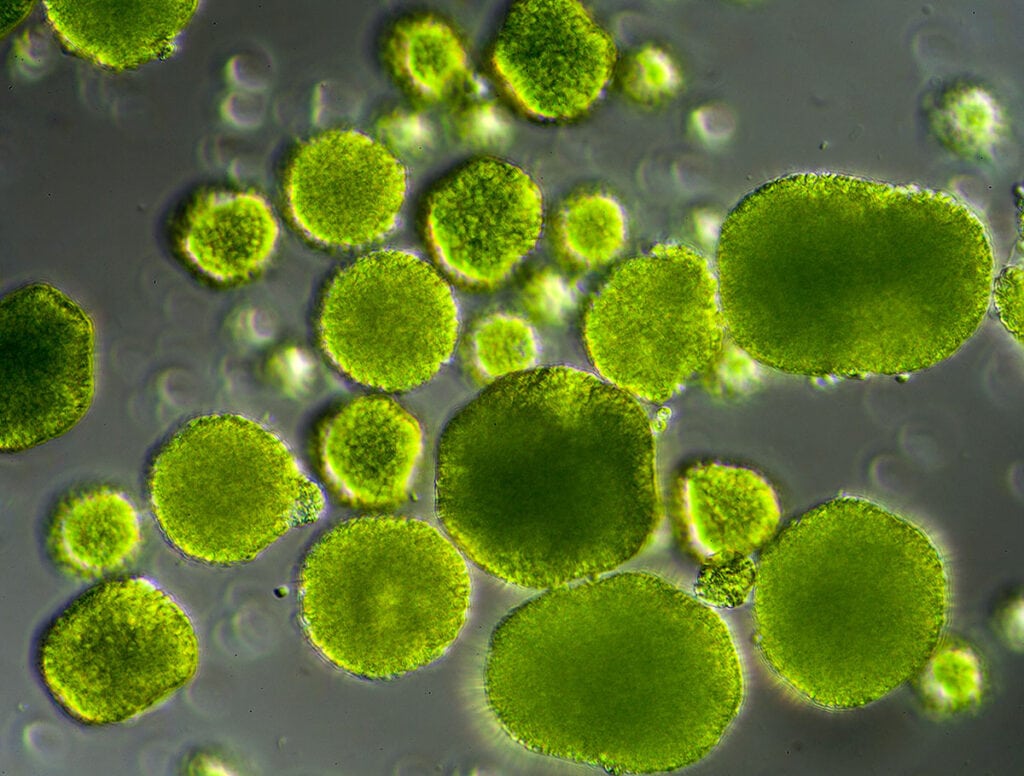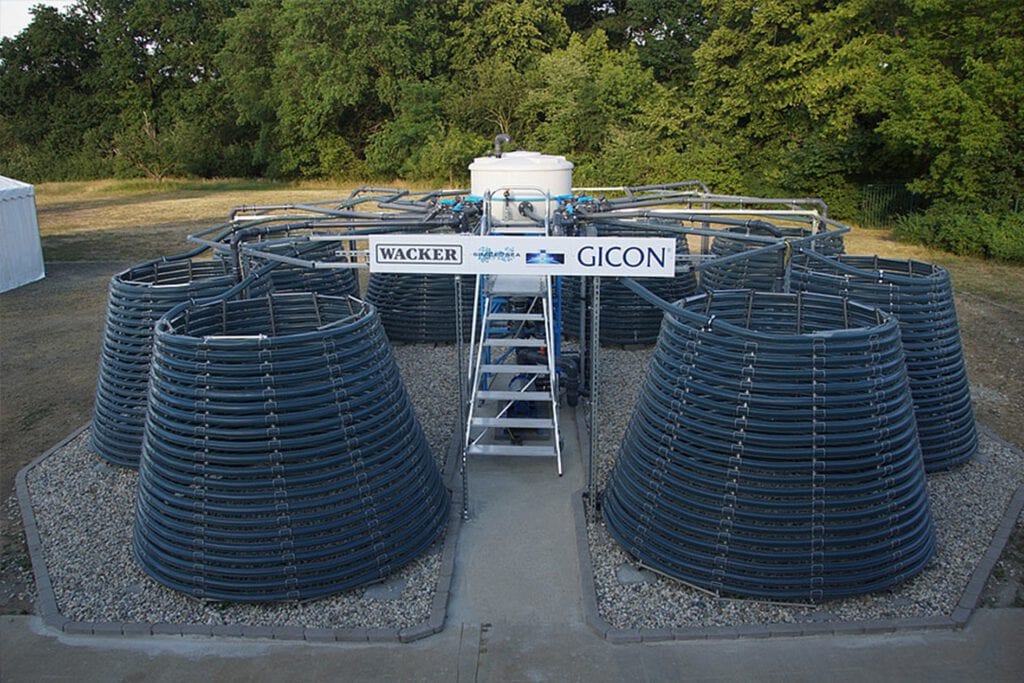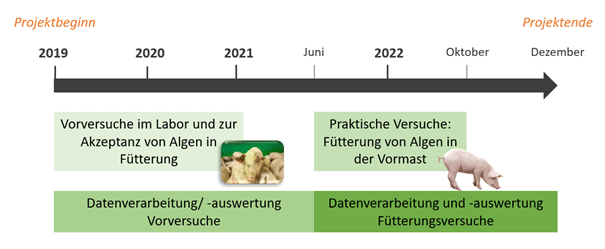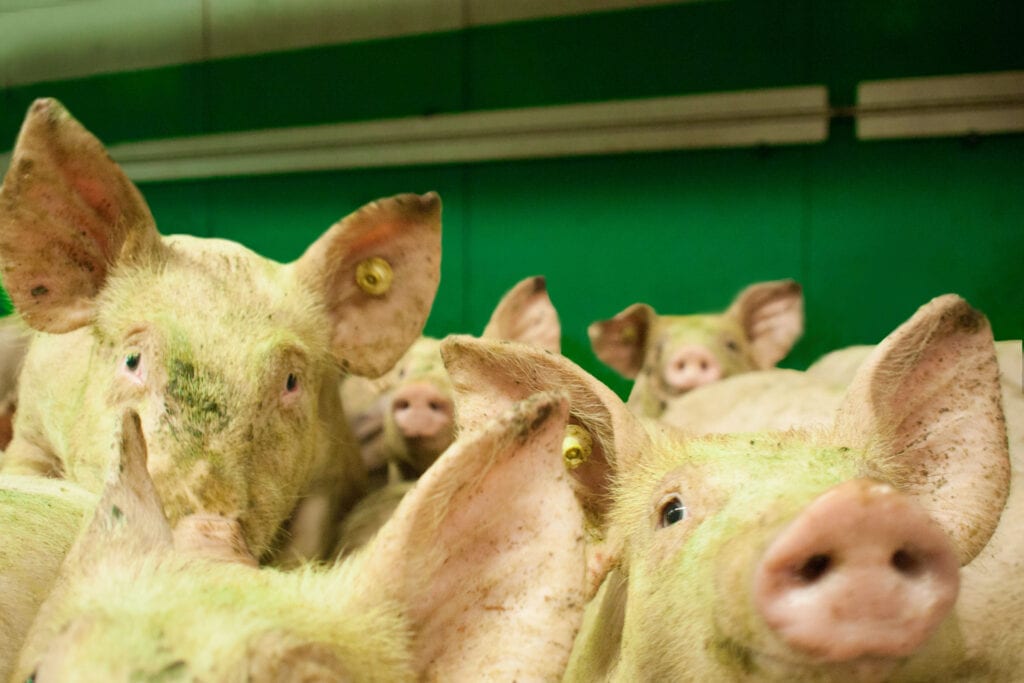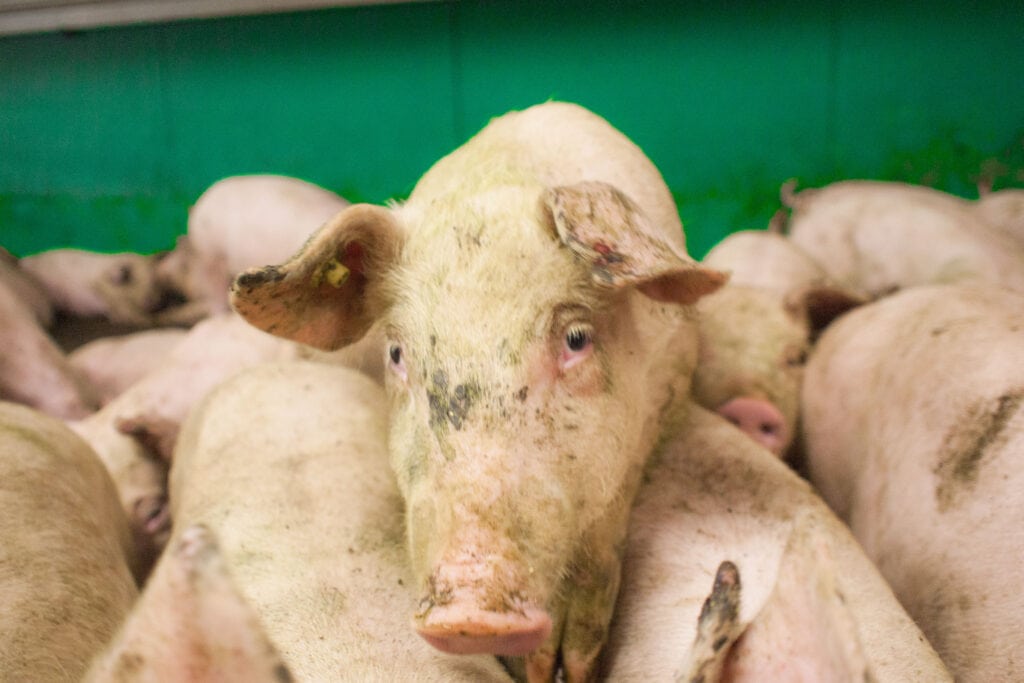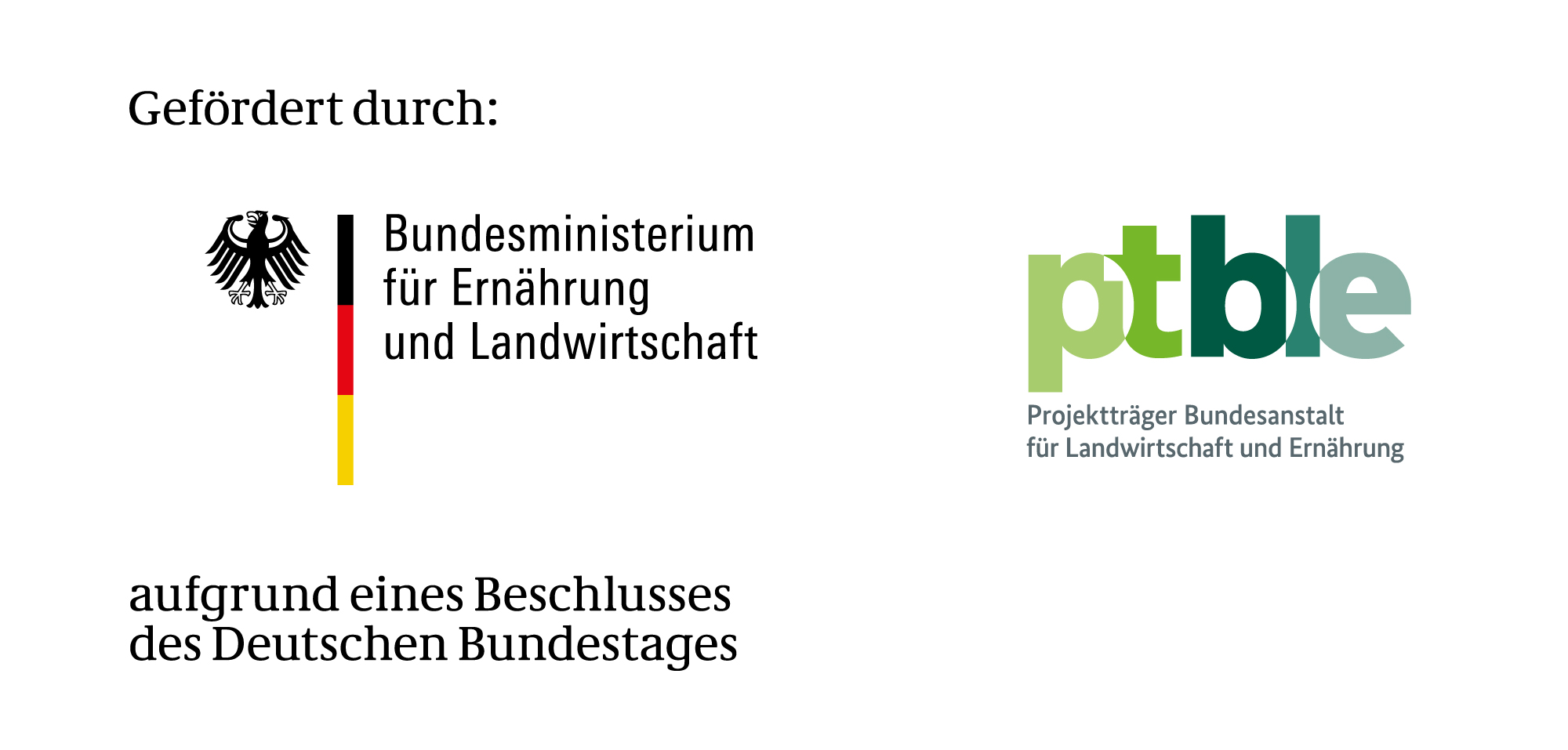What is EIP AGRI?
The agricultural European Innovation Partnership (EIP-AGRI) was launched by the European Commission in 2012. The formation of so-called “operational groups” (OG) in several projects forms the cornerstone for innovative implementations and is intended to promote exchange between farmers, scientists and other interested parties. For the implementation of a project in the Free State of Saxony, an OG must comprise at least two independent actors and be based in Saxony.
Further information can be found here.
The real-world challenges that motivated us to create Feed 4.0
Feeding has a paramount influence on animal welfare and performance as well as on the carbon footprint of dairy production. There are numerous demands on the feeding of a modern dairy cow in terms of health, performance, nutrient cycling, climate change and economics. Feed is a natural product and therefore available in different qualities and finite quantities. Thus, dairy farmers, together with feeding advisors, have to balance the feeding of the animals very precisely. Weather extremes are increasingly tightening the availability of feed. It is therefore essential to find new ways for farms to evaluate available feeds and combine them in the best possible way to optimize animal welfare, climate footprint and profitability in the long term.
Existing web platforms for trading basic feeds are an important first step. However, intelligent further development of these marketplaces is needed so that farmers can take account of the multitude of requirements in on-farm feed purchasing and obtain a quick overview of suitable options for their current farm situation and ration.
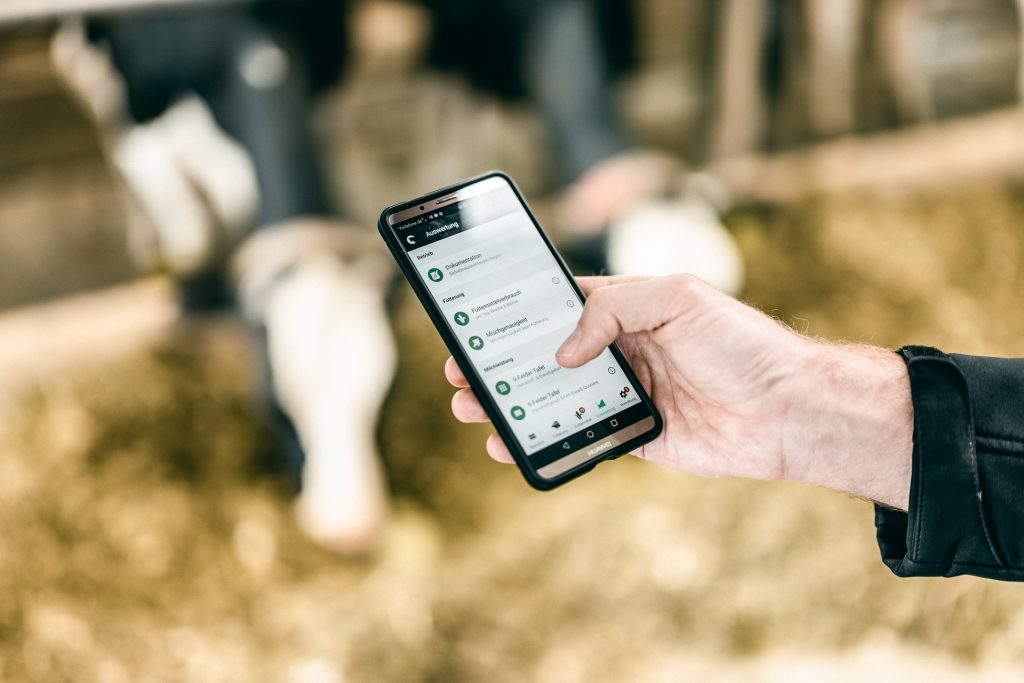
The solution idea: A digital feed purchasing assistant
By participating in the “FEED 4.0” project, the aim is to improve resource efficiency in dairy farming through artificial intelligence in feed purchasing by farms.Thus, farms are to be digitally supported in making optimal purchasing decisions for feed on an individual farm basis and the existing web platforms are to be linked to the planned, digital prototype.
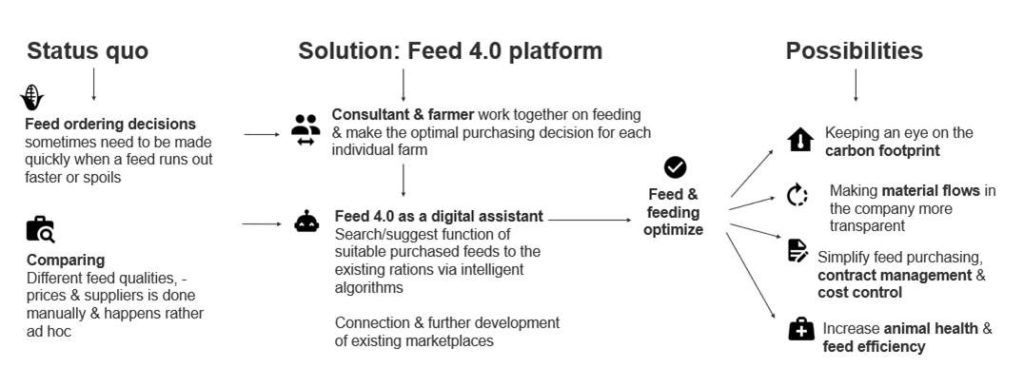
The platform planned by OG is based on the Industry 4.0 approach. In concrete terms, this means that it is not the farmers or advisors themselves who search the online offering for suitable feeds, but rather a special search algorithm that automatically takes over this task more quickly and much more comprehensively. Users weight their requirements for the feed ration. The search algorithm then automatically suggests a suitable feed including a recommendation for specific use within the feed ration, optimized according to the objectives. This search algorithm acts as an assistant. Ultimately, farmers and advisors decide which suggestion to choose and then adjust the ration if necessary. Both target groups of the system are to be involved in the development process of the software prototype at an early stage.
The project partners
- fodjan GmbH: Project management and coordination of the OG as well as development of the software prototype and deployment of the platform.
- Agrarberatung Koesling Anderson – Agricultural consulting: Support in the connection of the feed industry as well as in the concrete integration of the suggestions into the ration calculation matrix.
- Luchbergmilch eG – Agrarunternehmen Starbach-Sachsen eG – Agribusiness: Execution of the operational tests of the prototypes in cooperation with fodjan.
- Hochschule für Technik und Wirtschaft Dresden – University of Applied Sciences: Scientific monitoring of the project.



Project results
As a result of the project, farms can now be better supported digitally in making optimised purchasing decisions for feed and feed management on an individual farm basis.
In addition to concepts and prototypes for app functions for manure sieve and shaker box evaluation and documentation, a digital marketplace for feed that can be easily fed by traders and farmers was also developed. In addition, a comprehensive contract management system was implemented to forecast the range of purchased and own feed based on user requirements. –> More about contract management
Based on the project work, several concepts for the implementation of a digital Feed 4.0 assistant were also created, which uses intelligent search/suggestion functions to suggest suitable purchased feed for the existing rations. Furthermore, considerations on the use of feed efficiency and IOFC as key figures in feeding advice and ration calculation were created and presented at events such as the NDL Meet Up 2023 in Dresden.
In addition, existing web platforms can be connected to the digital prototypes and advice can be obtained from the consortium on the requirements and concepts created.
During the project, the focus of the feed health assessment of the status quo in the literature was shifted in particular to the newly developed GfE model, for which the consortium, together with the LKS in Saxony, developed concrete proposals for implementation in practice. In addition, the participants have decided to continue working on this after the project period in order to create a sandbox for the industry, a test version of the new model in ration calculation, to make the innovations more tangible for advisors and farmers.
If you are interested in more information on the project results, how they can be used in your organisation and much more, please contact support@fodjan.de. The project results will also be presented at Agra on 13.4.2024 in the Robotics & Digitalisation programme area.
